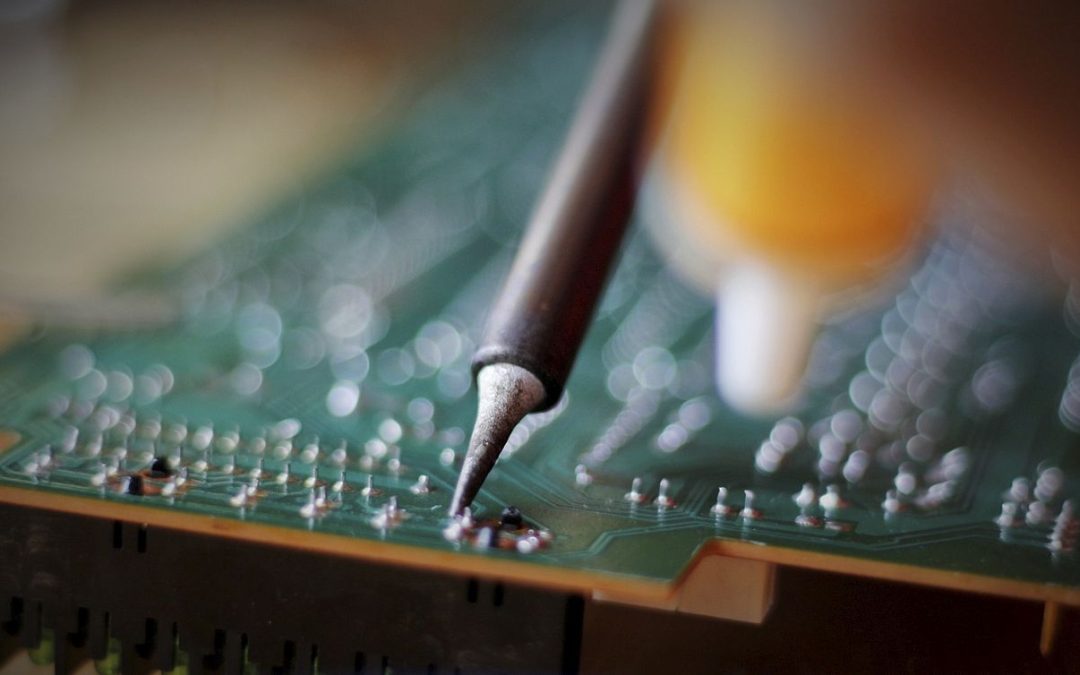If you are looking for a political movement that is really easy to get behind, has zero downside and makes the world better for everyone, I’d like to introduce you to right to repair. In short, right to repair is really simple:
People, companies, and government should be able to repair products they have purchased.
Wait, what? Government? Yes. The military is not allowed to repair many of the vehicles and systems they depend on to fight wars. Local governments often cannot bid out repair work on equipment and systems they use, and as a result, taxpayers get stuck paying a premium.
In practice, the right to repair is about solving a couple of simple problems:
Repair documentation should be available.
- Companies should not restrict who is allowed to work on the product.
- Practices that prevent repair parts from being available should be prevented.
- Warranties should not be canceled because non-approved persons did a repair properly.
- Devices, including software, to prevent repair or use of third-party parts should not be allowed.
Right to repair isn’t imposing a requirement that manufacturers do anything new, and in fact, a lot of right to repair is just making sure that existing laws apply to new technology (such as software lock-outs using cryptography). Right to repair is just politely asking to stop practices that:
- Prevent access to repair parts and prevent repair parts from being available on the open market.
- Force you only to use approved technicians to do non-warranty repairs.
- Booby trap products so they can only be repaired to 100% function with the authorization of the manufacturer.
You’ll see a lot of debate around right to repair, and the arguments against right to repair are:
The manufacturer has a safety interest in preventing repairs. If anything, unrepaired products are more likely to harm people than well-maintained product. Ever tried to use a phone with a shattered screen? It can be painful.
Mere mortals cannot repair the product. If a product can be assembled, it can be disassembled with the right tools and access to instructions.
The manufacturer should not be liable for failed repairs by anyone other than their own technicians. At present, manufacturers are not liable for repair failures that are not performed by designated repair facilities under warranties. If you are out of warranty, the manufacturer is simply not liable for any repair, anyway.
So, if you do hear about right to repair, it’s not some bizarre plot to undermine the free market. It’s actually quite the opposite.

